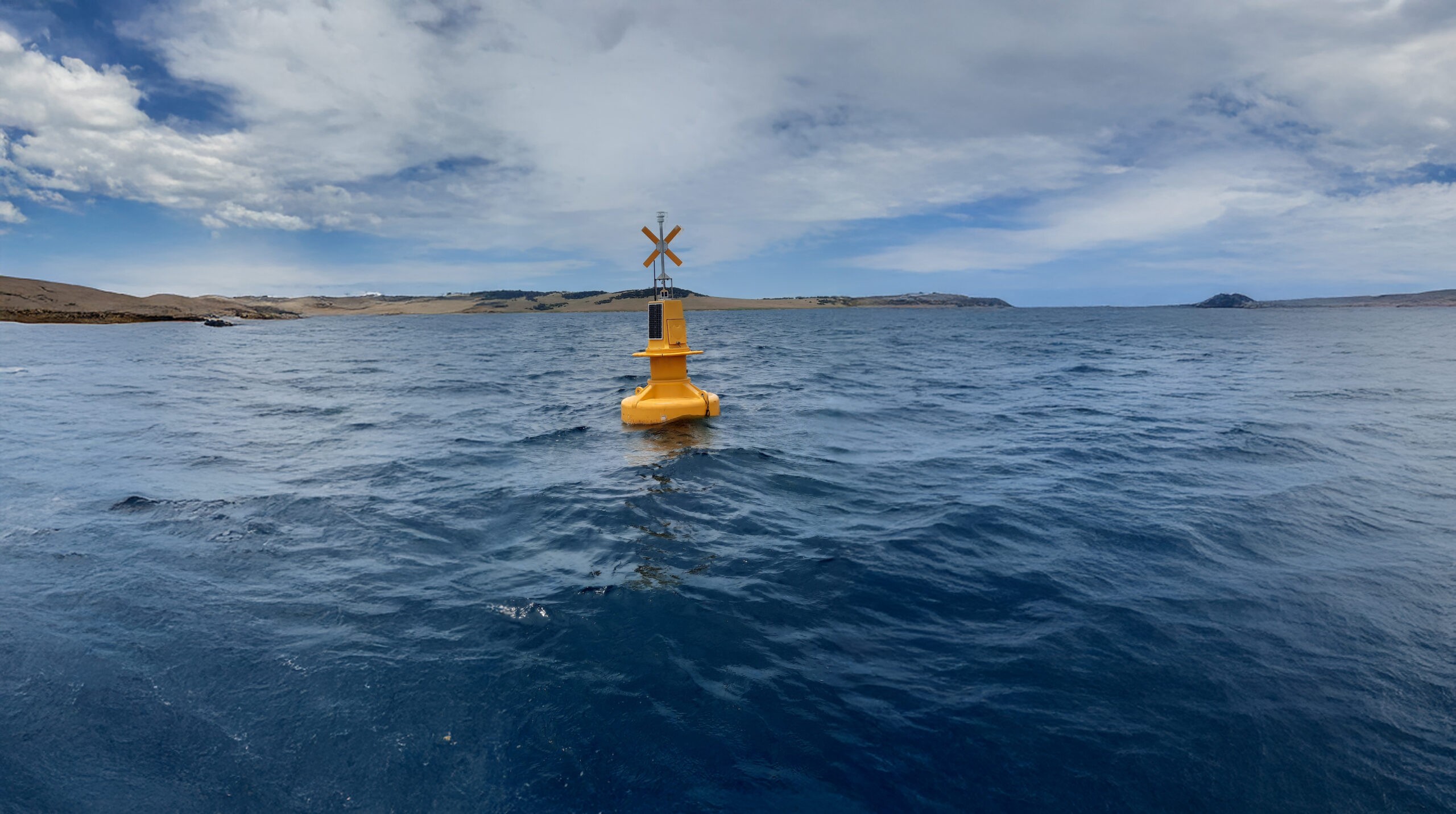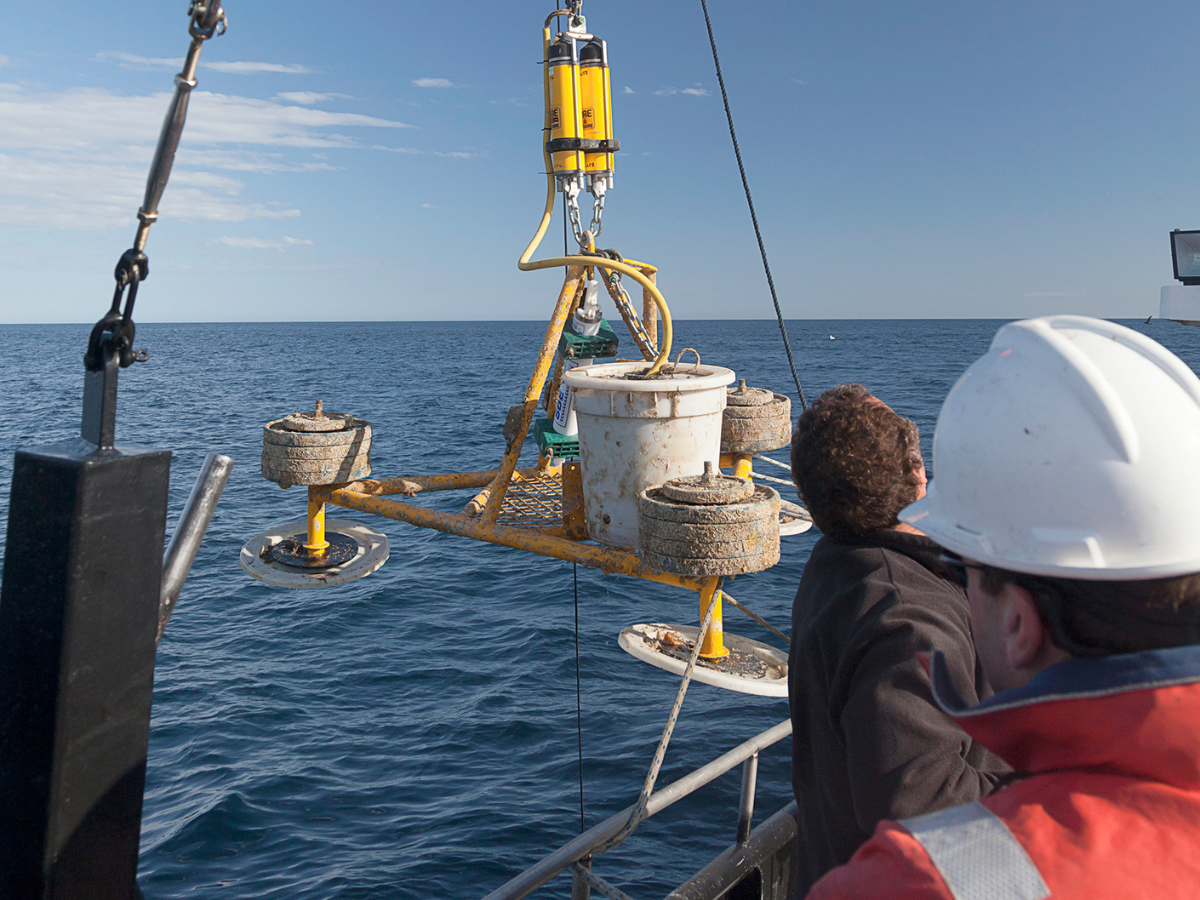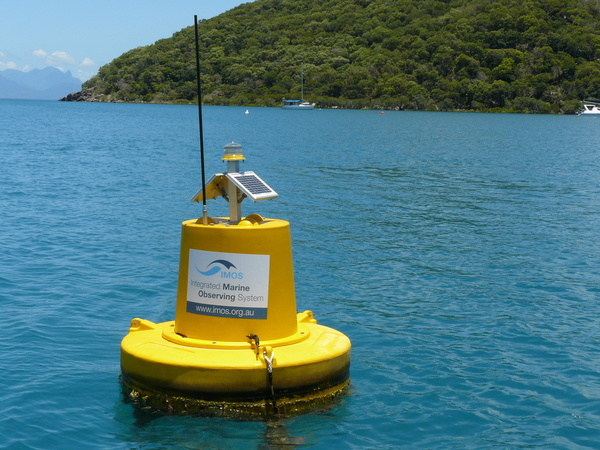Australian Plankton Survey
Australian Plankton Survey
The Australian Plankton Survey measures plankton communities around Australia using Continuous Plankton Recorders (CPRs). Being small and free-floating, plankton are useful indicators of ecosystem health and changes. The long-term datasets of Australian plankton sampled and processed by the Australian Plankton Survey provide researches and policymakers with environmental and climatic indicators, harmful algal bloom detection, eutrophication and pollution information at both local and national scales.
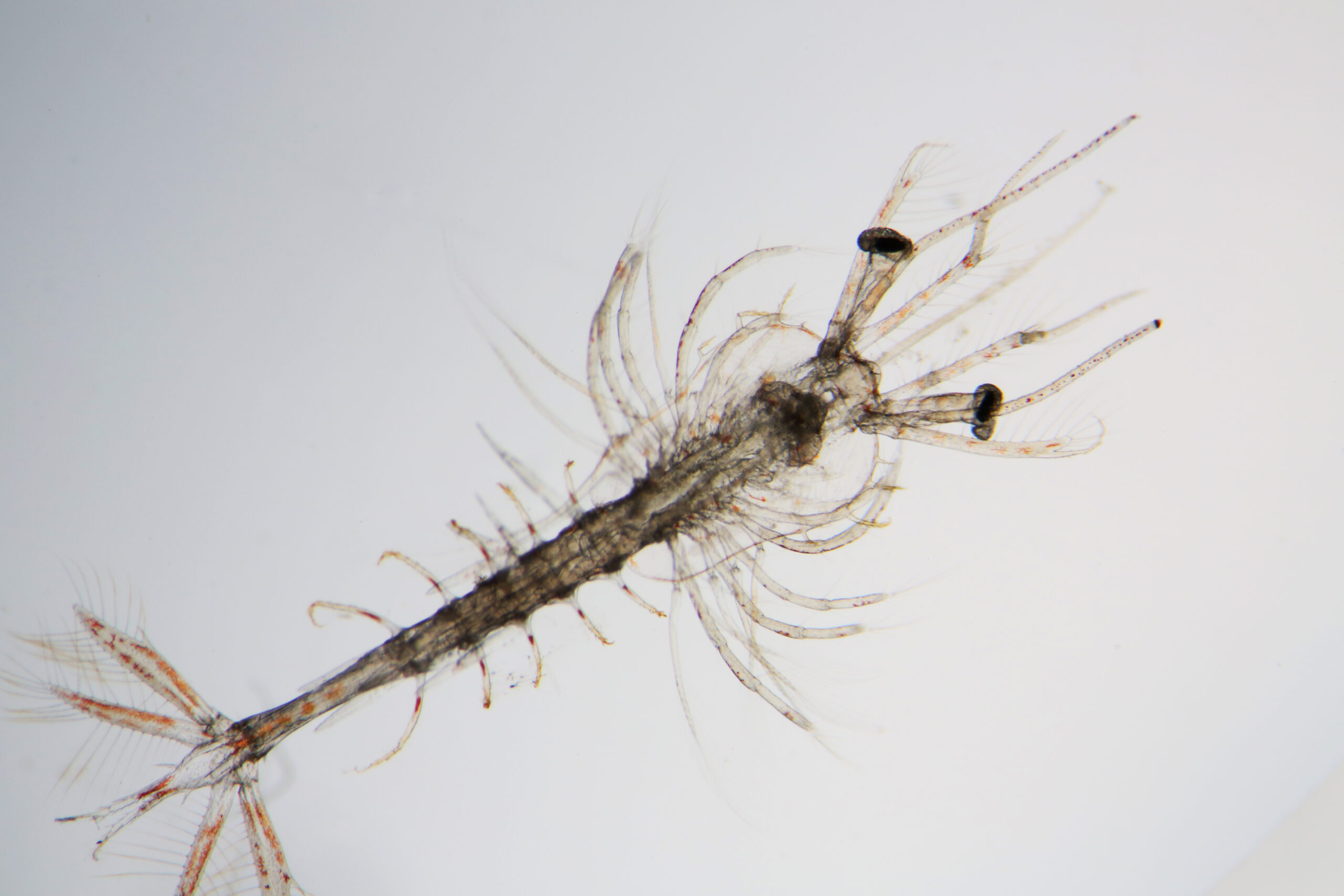
 Anita Slotwinski, CSIRO
Anita Slotwinski, CSIRO
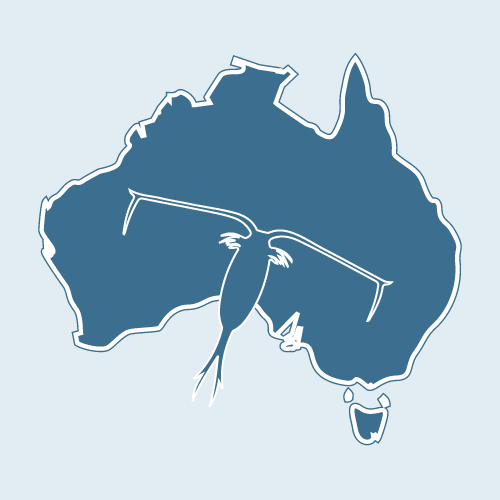

Key aims
- Map plankton biodiversity and distribution
- Develop and sustain the long-term monitoring of Australian waters
- Document changes in plankton communities in response to climatic changes
- Provide indices for fisheries management
- Detect harmful algal blooms
- Validate remote sensing
- Initialise and test ecosystem models
Key data streams
Select a key data stream to view all IMOS Facilities that collect that data.
Useful information
Newsletters
Useful links
Plankton 2015 – State of Australia’s oceans
Plankton 2015 is an assessment of the state of the oceans around Australia using plankton as indicators of ecological change.
The Plankton 2015 report from CSIRO and based on data from the Integrated Marine Observing System (IMOS) looks at why plankton are important to the health of our oceans and Australia’s future prosperity.
Download Plankton 2015 (PDF 8MB).
Continuous Planton Recorder
Sir Alister Hardy Foundation for Ocean Science
Southern Ocean Continuous Plankton Recorder Survey
Global Alliance of Continuous Plankton Recorder Surveys
Plankton
Essential Ocean Variables / Essential Climate Variables
This sub-Facility contributes to 2 Essential Ocean Variables and 1 Essential Climate Variables.
EOVs: Phytoplankton biomass and diversity, Zooplankton biomass and diversity
ECVs: Plankton
Contact
Anthony Richardson
E: Anthony.Richardson(at)csiro.au
Operating institution
Acknowledging IMOS
Users of IMOS data are required to clearly acknowledge the source material by including the following statement:
Australia’s Integrated Marine Observing System (IMOS) is enabled by the National Collaborative Research Infrastructure Strategy (NCRIS). It is operated by a consortium of institutions as an unincorporated joint venture, with the University of Tasmania as Lead Agent.





